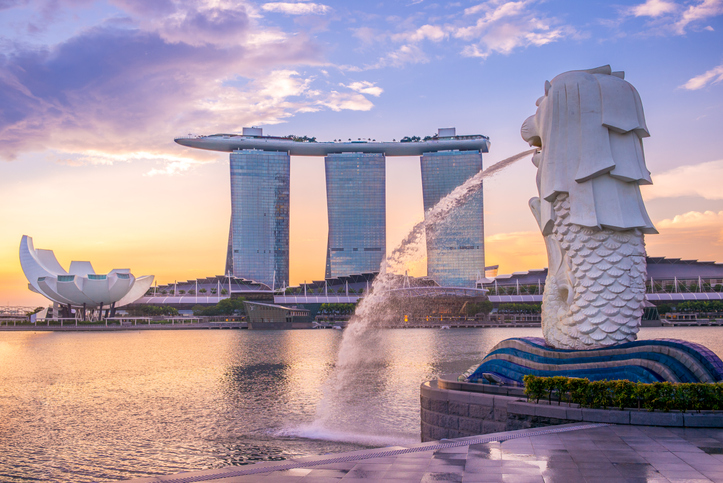One of the most persistent elements of Singapore academia is its shallow opportunism, its continual ability to place itself along the latest trends. This culture of "keeping up with the trends" ensures the rankings and high scores on performance metrics.
This is perhaps most evident in the Humanities and Social Sciences. In Singapore, you discover a sort of performativity that emerges from the structures of the authoritarian state. The performativity translates into the rush for metrics, continually being updated to anticipate the trends and respond to them in adapting research programs, seminars, publications, and so on.
The state has created powerful communicative strategies for its deep authoritarianism by embedding it in everyday practices of its academic institutions. You see this most powerfully play out in the sort of careerist opportunism Singapore cultivates in its academics.
Academic opportunism on one hand, means keeping up with the fads, being ahead of the fads, figuring them out and posturing to them. This capacity to be agile is marketed as the classic Singapore pragmatism. The neoliberal West in pursuit of Asian capital has enabled this, with its metrics turning a blind eye to the authoritarian repression and threats to academic freedom, as long as the "Singapore model" serves as a go-to model for extreme extractive capitalism, achieved through techniques of calibration, in the words of Professor Cherian George, that might not otherwise be visible to an external observer. In fact, for the extreme neoliberals, Singapore's model of repression (including repression of labor organizing and protest) is a necessity for achieving the ease of movement of capital into Asia.
The rise of Trump and the global far-right threat to academic freedom then has also brought about the winds of academic freedom to Singapore, with Singapore academics quick to join the fad, commenting about the far-right, academic freedom and threats to Asian scholarship.
These same academics that jump on the fad on academic freedom are the often the ones to run vicious campaigns, aligned with the agendas of the state, targeting critical academic voices when they challenge the structures of the state. The same academics serve as critical instruments of the state's authoritarian repression directed at expelling critical intellectual voices that render visible the workings of the state.
After all, it is critical to note when discussing the Trump moment and academic freedom in Asia that the Trump legislations are only attempting in minuscule ways to copy what regimes such as the Singapore state have effectively done.
Colonize and take over the institutional structures of academia to silence, harass, expel critical academic voices is the "Singapore Model."
It is critical that any serious discussion of academic freedom and Trump in the Asian context attends to the infrastructure of surveillance, erasure, and silencing that states such as Singapore have perfected, with the active collusion of its academic class.
